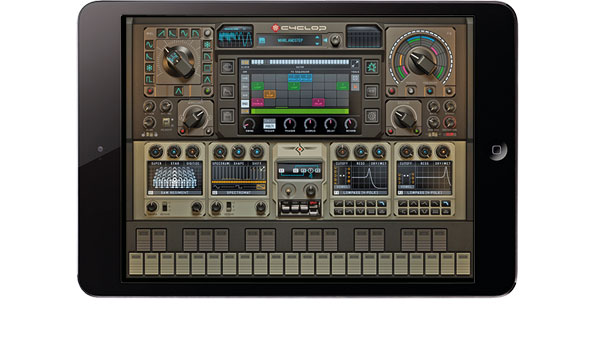MusicRadar Verdict
We love it every bit as much on iPad, where it feels perfectly at home.
Pros
- +
1:1 transposition. Packs in full preset list and loads of filter types.
Cons
- -
Not as good on the iPad Mini.
MusicRadar's got your back
The latest Mac/PC-to-iPad port from Sugar Bytes brings its madcap monosynth Cyclop to the touchscreen studio, complete with that all-important Inter-App Audio and AudioBus support.
"Cyclop is capable of far more than just huge low-end tones, making a fine addition to any dance producer's arsenal"
Cyclop iPad Edition is a near-1:1 transposition, packing in the full (and enormous) preset list (plus preset exchange between platforms), the many crazy oscillator and filter types, the brilliant Wobble section and modulation sequencer, the endlessly entertaining sequenced effects section, and that nifty mid/side stereo enhancement between 250Hz and 4kHz that really makes the synth's presence felt in the mix.
Although ostensibly a 'bass' synth, Cyclop is capable of far more than just huge low-end tones, making a fine addition to any dance producer's arsenal.
The original Cyclop http://www.musicradar.com/reviews/tech/sugar-bytes-cyclop-554783 scored in 2012, and we love it every bit as much on iPad, where it feels perfectly at home - slightly less so on the smaller iPad mini, though.
Want all the hottest music and gear news, reviews, deals, features and more, direct to your inbox? Sign up here.
Computer Music magazine is the world’s best selling publication dedicated solely to making great music with your Mac or PC computer. Each issue it brings its lucky readers the best in cutting-edge tutorials, need-to-know, expert software reviews and even all the tools you actually need to make great music today, courtesy of our legendary CM Plugin Suite.

